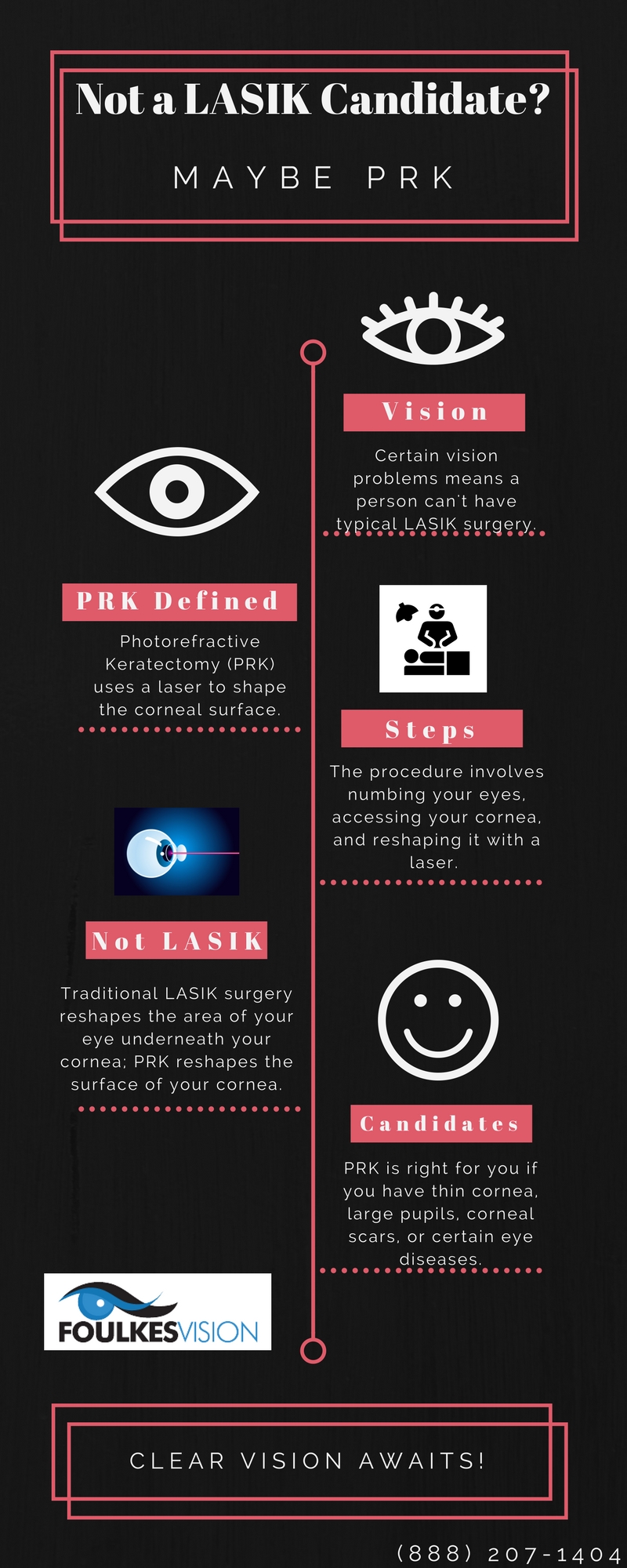What Are The Differences And Similarities Between SMILE Eye Surgical Treatment, LASIK, And PRK?
What Are The Differences And Similarities Between SMILE Eye Surgical Treatment, LASIK, And PRK?
Blog Article
Authored By-Ryberg Vincent
If you have actually been considering SMILE eye surgical procedure, you might question how it stacks up against LASIK and PRK. Each treatment has its very own set of advantages and considerations. From quicker recovery times to potential threats, there are key differences you must be aware of prior to deciding. Comprehending these differences will help you make an enlightened option that straightens with your particular needs and expectations. Interested to recognize even more concerning how these treatments contrast thoroughly? Keep discovering to acquire a detailed understanding of SMILE, LASIK, and PRK.
SMILE Eye Surgery Introduction
If you're considering SMILE eye surgical treatment, you'll find it to be a minimally invasive procedure with a quick recovery time. During SMILE (Small Cut Lenticule Removal), a laser is made use of to develop a small, specific cut in the cornea to remove a little item of tissue, reshaping it to fix your vision. This varies from LASIK, where a flap is produced, and PRK, where the external layer of the cornea is totally eliminated.
Among the vital benefits of SMILE is its minimally intrusive nature, causing a faster healing process and much less discomfort post-surgery. The healing time for SMILE is relatively quick, with lots of people experiencing enhanced vision within a day or two. This makes it a popular choice for those seeking a convenient and efficient vision adjustment procedure. Additionally, SMILE has been revealed to have a lower risk of dry eye disorder contrasted to LASIK, making it a favorable alternative for individuals worried concerning this potential adverse effects.
Differences Between SMILE, LASIK, and PRK
When comparing SMILE, LASIK, and PRK eye surgical procedures, it is essential to recognize the unique strategies used in each treatment for vision correction.
SMILE (Little Laceration Lenticule Removal) is a minimally intrusive procedure that involves producing a tiny incision to remove a lenticule from the cornea, improving it to remedy vision.
LASIK (Laser-Assisted In Situ Keratomileusis) includes producing a slim flap on the cornea, utilizing a laser to improve the underlying tissue, and after that rearranging the flap.
PRK (Photorefractive Keratectomy) gets rid of the outer layer of the cornea prior to improving the tissue with a laser.
The main distinction depends on the method the cornea is accessed and dealt with. SMILE is flapless, making it a good alternative for people with thin corneas or those associated with call sporting activities. LASIK uses quick visual recuperation due to the flap development, yet it might position a higher risk of flap-related issues. PRK, although having cataract surgery how long to recover , stays clear of flap-related concerns completely.
Recognizing about how much does cataract surgery cost is vital in choosing one of the most ideal procedure for your vision modification requirements.
Benefits And Drawbacks Contrast
To review the benefits and drawbacks of SMILE, LASIK, and PRK eye surgeries, it's vital to think about the specific benefits and possible limitations of each treatment. SMILE surgical treatment uses the advantage of a minimally invasive procedure, with a smaller incision and potentially quicker healing time contrasted to LASIK and PRK. It also lowers the threat of completely dry eye post-surgery, a typical adverse effects of LASIK. Nonetheless, SMILE might have limitations in treating higher degrees of nearsightedness or astigmatism contrasted to LASIK.
does cataract surgery cause dry eye supplies rapid visual recuperation and very little discomfort during the treatment. It's extremely efficient in treating a wide variety of refractive mistakes, consisting of nearsightedness, hyperopia, and astigmatism. Yet, LASIK lugs a danger of flap difficulties, which can influence the corneal framework.
PRK eye surgical procedure, while not as popular as LASIK, avoids producing a corneal flap, reducing the risk of flap-related problems. It appropriates for people with thin corneas or uneven corneal surface areas. However, PRK has a longer recuperation time and might entail much more discomfort during the recovery process.
Recommended Web site , when it pertains to choosing between SMILE, LASIK, and PRK, think of it like selecting the best pair of shoes. SMILE is like a streamlined, comfortable set of tennis shoes - quick and simple.
LASIK is extra like trendy high heels - showy and quick, however with some prospective dangers.
PRK resembles tough treking boots - reliable and long lasting, however needing a bit even more effort and time.
Ultimately, the best selection depends on your individual requirements and preferences.
